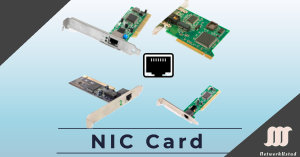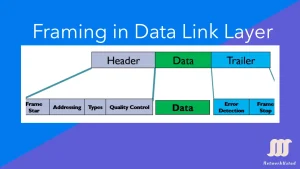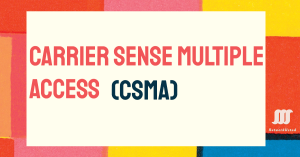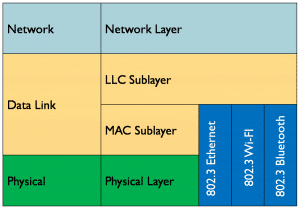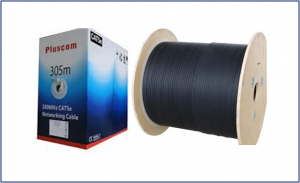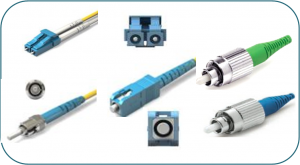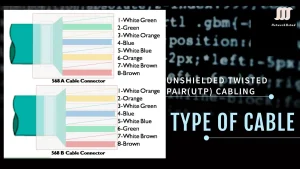Network Interface Card (NIC) and Ethernet: Essential for Modern Networking (2025)
A Network Interface Card (NIC), also known as an Ethernet card, is a hardware component that enables a computer to connect to a network, such as a home network or the Internet, using an Ethernet cable with an RJ-45 connector or wireless technologies. Network Interface Cards provide a dedicated, full-time connection to a network, and […]

